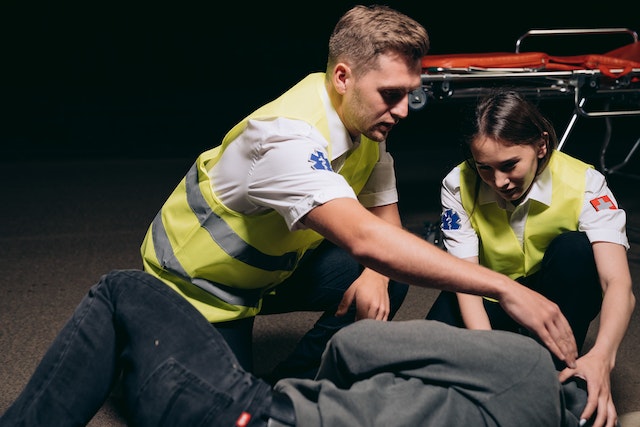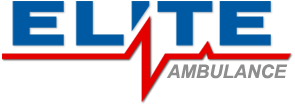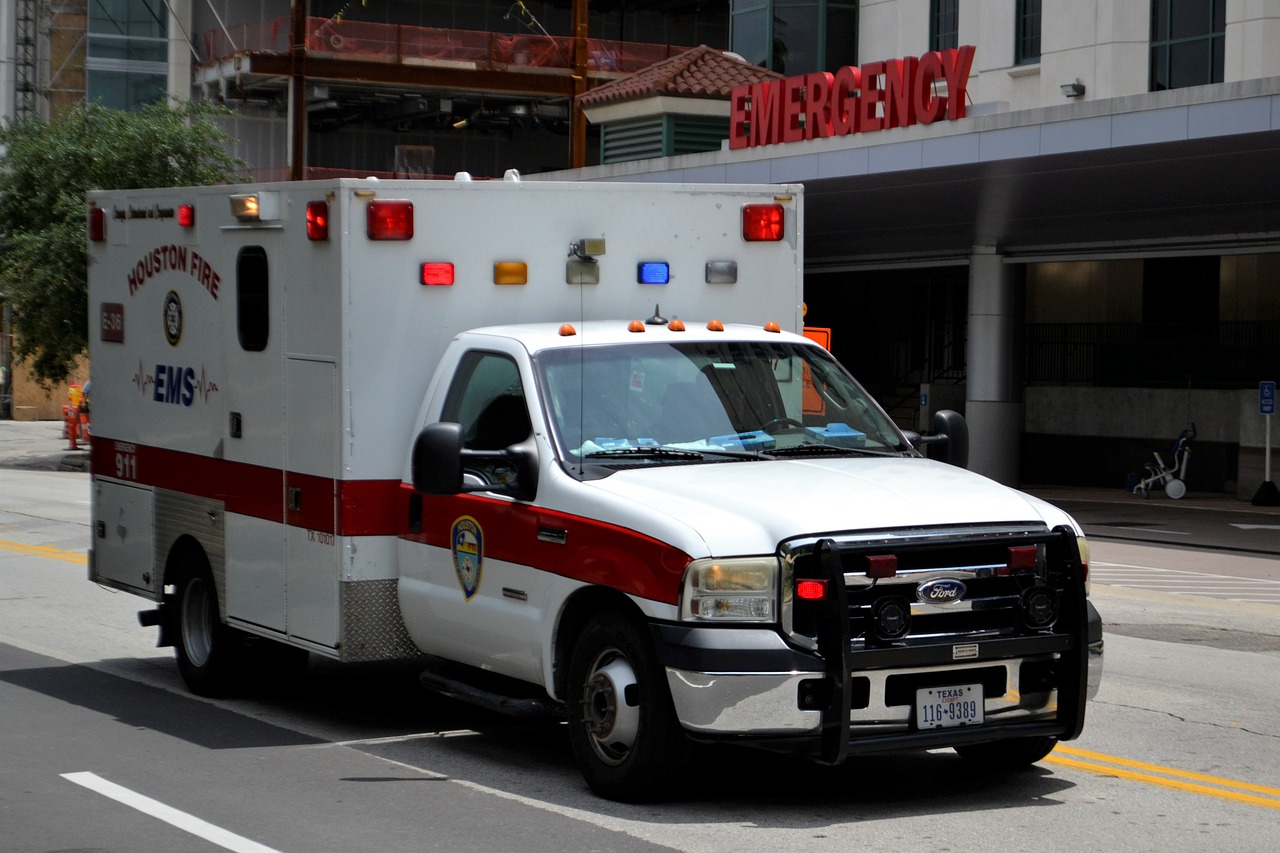Soft tissue injuries may not be immediately visible, but they can significantly impact a patient’s health and recovery. So, you need to learn to recognize and treat them. Thankfully, the DCAP BTLS mnemonic can help you remember how to deal with soft tissue injuries.
Whether it’s a sprain, strain, or contusion, prompt and proper treatment of soft tissue injuries can mean a quick recovery and a shorter road to healing. So it’s important to know the meaning and usage of DCAP BTLS whether you’re writing a test or on the field.
What Does DCAP BTLS Stand For?
DCAP BTLS is a mnemonic for deformities, contusions, abrasions, penetrations or perforations, burns, tenderness, lacerations, and swelling.
As an EMS professional, you’ll need to closely monitor a patient’s soft tissues and report any abnormalities to medical professionals.
How to Check for DCAP BTLS
Here’s an easy guide to check for DCAP-BTLS.
Deformities
Deformities can be fractures or dislocations, and steps to find them include:
- Assess the patient’s vital signs, consciousness, and life-threatening injuries.
- After stabilizing the person and ensuring their safety, you can complete a physical examination.
- Check the patient’s body for deformities like fractures and dislocations. Also, check for head, neck, or spine deformities.
- Palpate the limbs and joints for any instability.
- To prevent further damage, minimize spine and neck mobility if you suspect a spinal injury.
- Document any irregularities and notify the hospital staff.
Contusions
A contusion is a medical term for a bruise. Follow these steps to check for contusions:
- First, make sure you’re wearing gloves to protect yourself and the patient.
- Gently press your fingers against the area of the body where you think there is contusion. This will help you determine the size and location of the contusion.
- Look for any swelling, discoloration, or bruising in the area, as these are typical signs of contusions.
- If the contusion is severe or you suspect the patient has a more serious injury, such as a fracture, don’t try to move or manipulate the injured area. Instead, stabilize the area and call for additional medical help.
- If the contusion is mild and the patient can move the affected limb or joint, gently move it through its full range of motion to determine any pain or discomfort.
- If the patient is experiencing significant pain or discomfort, or if the contusion is large or deep, transport the patient to the nearest medical facility for further evaluation and treatment.

Abrasions
Abrasions are open wounds or scrapes caused when the skin rubs against a rough surface. As an EMS professional, you’ll need to check for abrasions to assess the extent of a patient’s injuries.
To check for abrasions, follow these steps:
- Look for any visible scrapes or scratches on the patient’s skin. These may be red or raw and may be swollen or bruised.
- Gently palpate the area to see if there’s any tenderness or pain.
- Clean the area with a sterile saline solution or water to remove dirt or debris.
- Cover the abrasion with a sterile adhesive bandage or dressing to protect it from further injury and infection.
- Document the abrasion’s location, size, and severity in the patient’s chart.
It’s essential to properly assess and treat abrasions to prevent infection and fast-track healing.
Penetrations or Perforations
Gunshots can cause penetrations or perforations. Penetration wounds typically occur when an object pierces through the body but doesn’t go through it. Perforation, in contrast, happens when the injurious object enters and exits the body to cause a wound.
To check for penetrations or perforations, follow these steps:
- Check the patient’s vitals, such as bleeding and irregular breathing.
- Check for skin wounds. Perforations and penetrations are more common in the chest, abdomen, and back.
- Feel the patient’s skin for foreign items.
- Use sterile dressing to cover wounds and stop bleeding.
- If you suspect a perforation, such as a punctured lung or intestine, immobilize the region and get the patient to a hospital.
Perforation and penetration injuries can be severe and require immediate medical attention.
Burns
Follow these steps to assess and treat burns:
- Stop the burning process: If the burn is still ongoing, you need to stop the burning process as soon as possible. This may involve removing the person from the source of the burn, extinguishing flames, or running cool (not cold) water over the burn.
- Remove any jewelry or clothing near the burn: Jewelry or clothing can cause further injury if the skin swells.
- Determine the type of burn: You can classify burns as first-degree, second-degree, or third-degree, depending on how deep they penetrate the skin. First-degree burns are the mildest and only affect the outer layer of the skin, while third-degree burns are the most severe.
- Assess the severity of the burn: To determine the severity of the burn, you can use the “rule of nines” to estimate the percentage of burns on the body. This can help you determine the appropriate level of treatment the patient needs.
- Cover the burn: Cover the burn with a sterile, non-adhesive bandage or clean cloth. This will help prevent infection.
- Administer pain medication: Burns can be very painful, so you may need to give the person pain medication.
- Transport the person to the hospital: Burns can be severe and require medical attention. If the burn is large or deep, or if the person is in a lot of pain, you should transport them to the hospital for further treatment.
Tenderness
To check for tenderness, follow these steps:
- Gently press on the area of the patient’s body that you suspect may be tender. Use your fingertips or the pads of your fingers to apply gentle pressure.
- Observe the patient’s reaction as you apply pressure. Look for signs of discomfort, such as wincing, grimacing, or flinching.
- Note the location and intensity of the tenderness. Is the tenderness concentrated in a specific area, or is it more widespread? Is the tenderness mild, moderate, or severe?
- Document your findings in the patient’s chart and share them with the rest of the medical team.
Lacerations
Lacerations are open wounds, but deeper than an abrasion. They happen when an object punctures the skin. A stab wound is a typical example of a laceration. Follow these steps to check for lacerations:
- Locate the patient’s wound.
- Clean the lacerated area with sterile saline or water.
- Gently dab the wound with sterile gauze and gloves.
- Check the wound for depth, length, and foreign items.
- To stop bleeding, apply mild pressure with a sterile gauze pad to a severe laceration.
- You may need a pair of sterile scissors to smoothen jagged wound edges.
- Wrap the laceration in sterile gauze or an adhesive bandage.
- Record the laceration’s location, size, depth, and treatment in the patient’s medical record.

Swelling
Swelling is an unusual enlargement of an area on the skin’s surface or a body part. To check for swelling, you can use the following steps:
- Inspect the area for visible swelling, such as a bulge or puffiness.
- Gently palpate the area with your fingertips to feel for abnormalities or irregularities.
- Use a tape measure or ruler to measure the size of the swelling. Record the measurements in centimeters or inches.
- Compare the size and location of the swelling to the opposite side of the body (if applicable).
- Assess the patient’s vital signs, including heart rate, blood pressure, respiratory rate, and temperature.
- Record your findings in the patient’s medical chart, including any changes in the size or appearance of the swelling over time.
Join an EMS Program in Illinois
EMT training is the initial step toward starting a career in EMS. At Elite EMS Academy, we provide the training and support you need to launch your EMS career.
Learning with us is more than gaining theoretical knowledge; you’ll get the hands-on experience you need to excel as an EMS professional.
Even better, a position with Elite Ambulance awaits after you complete your education.
Join Elite Ambulance EMS Academy today if you want to upskill or start a career in EMS.
Comments are closed.



Recent Comments